At the Speed of Volcanic Eruptions
Petersen Excellence Awards 30 | Prof. Dr. Terry Plank
Restless earth – hazards from volcano eruptions
Today, approximately 800 million people live within 60 miles of an active volcano. It is predicted that by 2040 this number will grow to a billion. The lives, infrastructure, and livelihood of these communities are continuously in danger of destruction, as we are reminded every few months when a population somewhere is displaced due to a volcanic eruption. Even those of us who do not live under the shadow of a volcano may be affected by volcanic eruptions. More than 50,000 people a day fly over volcano airspace, and volcanic eruptions have caused over 4 Billion Euro in economic loss due to airport closures. Historical volcanic eruptions have caused years without summer, famine and societal collapse, owing to the climate effects of massive injection of sulfur into the stratosphere. The biggest volcanic eruptions affect us all.
It may be surprising to know that dozens of volcanoes are in a state of heightened unrest or erupting right now. The vast majority of these volcanoes are located at subduction zones, around the Pacific Ring of Fire, and have the potential for explosive eruptions (unlike those at hot spots like Hawaii or rifts like Iceland that generally erupt lava peacefully). What causes some volcanoes to be more explosive than others? Bubbles are the culprits. Explosive eruptions involve large volume fractions of gas that fling apart the molten rock. The gas driving explosive eruptions is primarily H2O.
The “soda bottle” model
A reasonable hypothesis might therefore be that magmas with greater amounts of H2O have more explosive eruptions. This hypothesis has been falsified many times, however, given the fact that explosive eruptions may initiate with the same amount water as weak eruptions. Thus, some other phenomenon is at play, one that is already intuitive to anyone who has opened a bottle of soda. In order to defeat an explosive eruption from a shaken soda bottle, you know to open the cap slowly and let the gas leak out of the liquid. The same process could occur beneath volcanoes. Instead of releasing a cap, pressure is reduced in magmas naturally as they rise upward, where the mass of overburden is less. If magmas rise slowly, the buoyant gas bubbles may rise faster than the magma and leak out the volcanic vent, thereby defusing the explosion. This is a hypothesis that we have been trying to test.
Crystals in ascending magmas are timekeepers. At depth, crystals contain abundant water, in equilibrium with the melt. As the magma rises and attains lower pressure, the solubility of water drops, and water-rich bubbles form as the melt becomes drier. The crystals strive to lose their water to bubbles too, but chemical diffusion across crystals is slower than in melt, and the crystals become zoned. If the magma ascends slowly, the crystals have more time to lose their water, whereas if the magma ascends rapidly, only the rims of the crystals will lose their water, and the interior of the crystal will be unaffected. We use infrared spectroscopy to measure the zonation of water across the mineral olivine in two eruptions of Cerro Negro volcano (Nicaragua), and then model the pattern to obtain the magma ascent rate. We find that magmas ascend more quickly prior to the more explosive eruptions of Cerro Negro than for weak eruptions, supporting the “soda bottle” model.
The timescale of magma ascent can be surprisingly fast – minutes to hours from kilometers depth. Some magmas race to the surface about as fast as you can run! This presents a challenge for timely forecasts. However, volcanoes send out many other signals prior to eruption – earthquake swarms, changes in gas chemistry, and uplift of the ground – that may occur over days, weeks and years. The future of volcanic eruption forecasting is the integration of these different signals, over different timescales, into a process-based model with real-time open data.


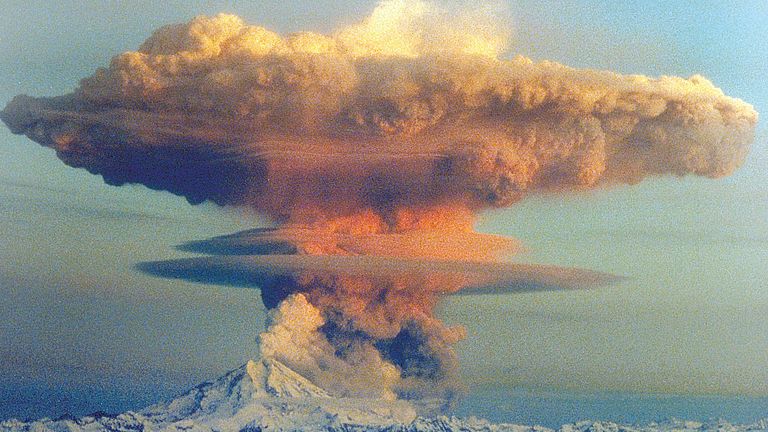
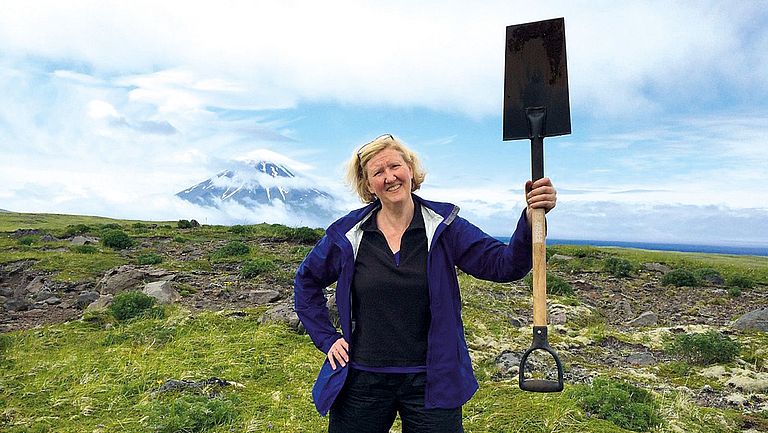
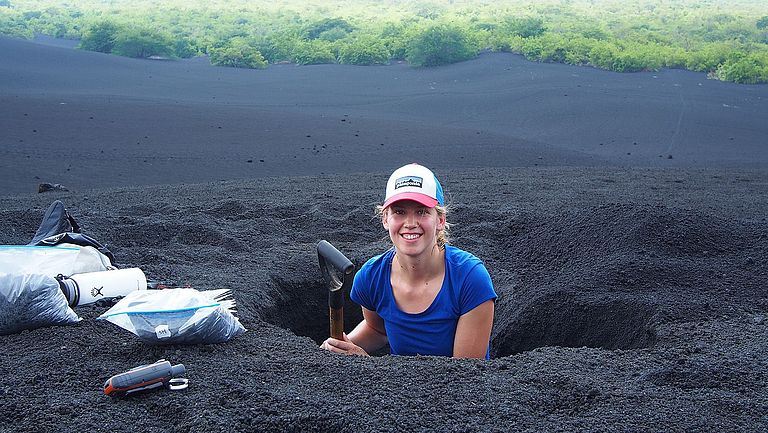
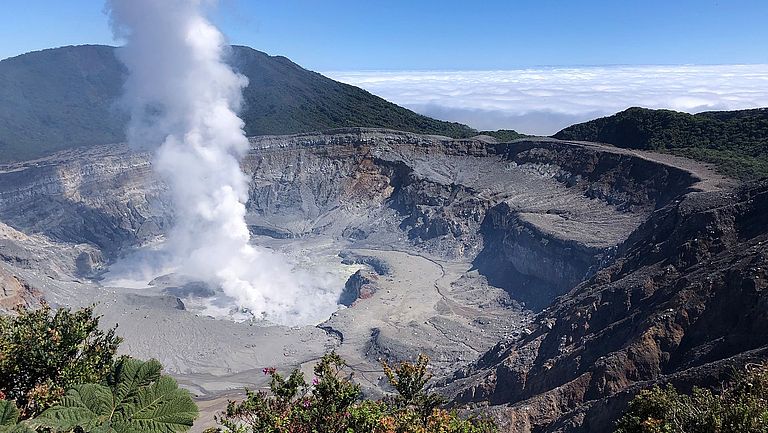
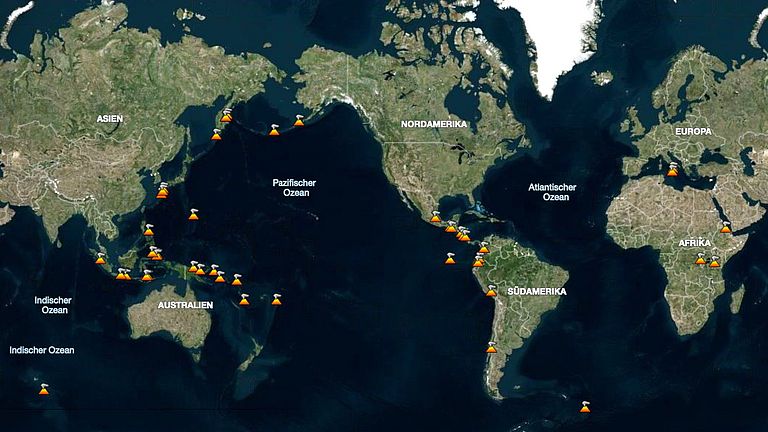
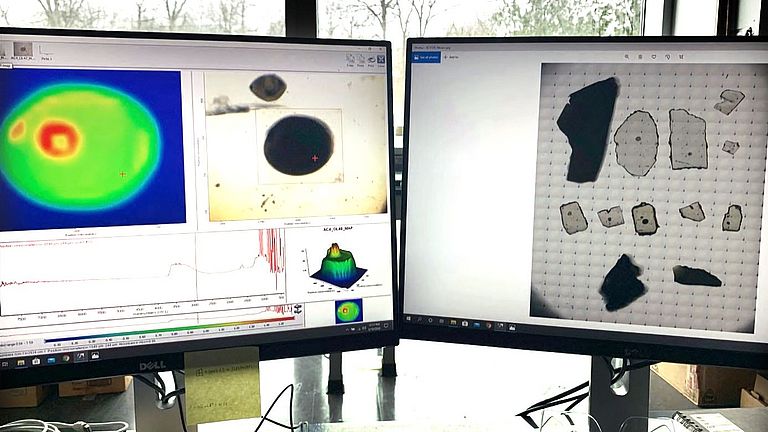
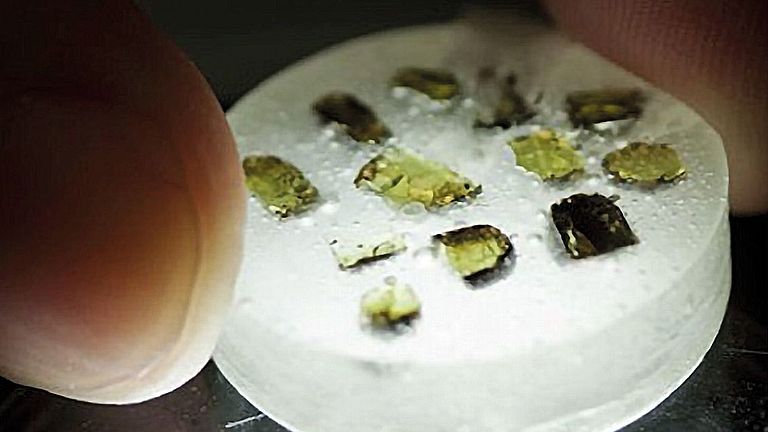
![[Translate to English:] Portrait Terry Plank](/fileadmin/_processed_/b/6/csm_plank_2012_Matt_Carr_quad_f5d40830ae.jpg)
